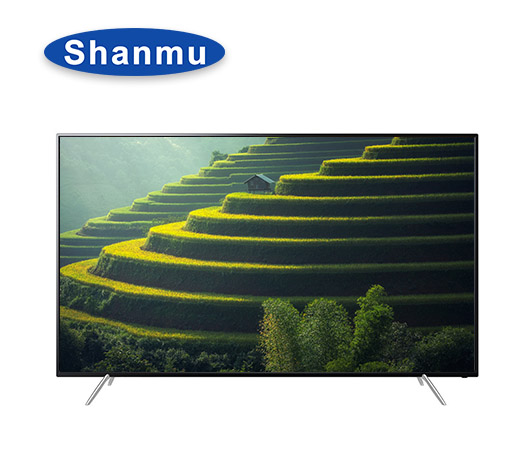How to distinguish the quality of LCD TVs (Next)
2018-12-29 09:41:28 浏览次数:436

Seven, the type of screen
1. The LCD screen is divided into PC screen and special AV screen due to different technologies and processes. The cost of ordinary PC screen is more than 1,000 yuan less than the special AV screen of the same size. The performance is also inferior. It is generally only used for LCD display of PC or notebook. Screen. Due to cost or procurement difficulties, there are individual manufacturers shoddy, which requires consumers to be extra vigilant, especially for some particularly cheap LCD TVs.
Eight, screen format
1. The ratio of screen width to height is called the screen ratio. The screen ratio of LCD TVs is generally 4:3 and 16:9. 16:9 is the most suitable format for the human eye, with a stronger visual impact. At the same time, the display format of digital TV in the future will also adopt the 16:9 format. 4:3 is a display format suitable for analog TV signals, so there is still a certain advantage if you mainly use it to watch TV.
2. It should be pointed out that many TVs of 16:9 and 4:3 format can adjust the display format of the screen through the menu, but this is at the cost of wasting a certain area of the screen. If it is mainly used to watch TV, it is recommended to choose 4:3 products, otherwise the stretched picture will make you unbearable; and mainly used to watch DVD movies, it is recommended to buy 16:9 products, because 16 : 9 will bring visual enjoyment that 4:3 will never reach.
Nine, dot pitch
1. The dot pitch generally refers to the distance between two adjacent pixel points. The calculation of the dot pitch is based on the panel size divided by the resolution, but the importance of the LCD TV dot pitch is far less than that of the CRT.
Ten, reaction time
1. The so-called reaction time is the speed at which each pixel of the LCD TV reacts to the input signal, that is, the time required for the pixel to turn from dark to bright or from bright to dark. The principle is to apply a voltage in the liquid crystal molecules to make the liquid crystal molecules twist and recover. ?? It is often said that 25ms and 16ms refer to this reaction time. The shorter the reaction time, the less the user will feel the tail drag when watching the dynamic picture.
Twelve,According to the data,
1, reaction time 30 milliseconds = 1 / 0.030 = TV can display 33 frames per second, which can meet the needs of DVD playback;
2, reaction time 25 milliseconds = 1 / 0.025 = TV can display 40 frames per second, fully meet the needs of DVD playback and most movies or games.
Thirteen, backlight life
1. The liquid crystal panel itself cannot emit light, and it belongs to a backlight type display device. There is a backlight on the back of the LCD screen. The LCD TV relies on the liquid crystal unit on the panel to “block” and “turn on” the backlight to restore the picture.
2. It can be found that as long as the LCD monitor is powered on, the backlight will start to work. Even if the displayed picture is a black picture, the backlight will remain in the working state.
3. Since the transmittance of the liquid crystal panel is extremely low, the brightness of the liquid crystal television should be restored to the level of the restored picture. The brightness of the backlight is at least 6000 cd/m2. The life of the backlight is the life of the LCD TV. The backlight life of the LCD TV is generally more than 50,000 hours. In other words, if you use LCD TVs for an average of 5 hours a day, the life of 50,000 hours is equal to 27 years you can use the LCD TV.

 CN
CN



